

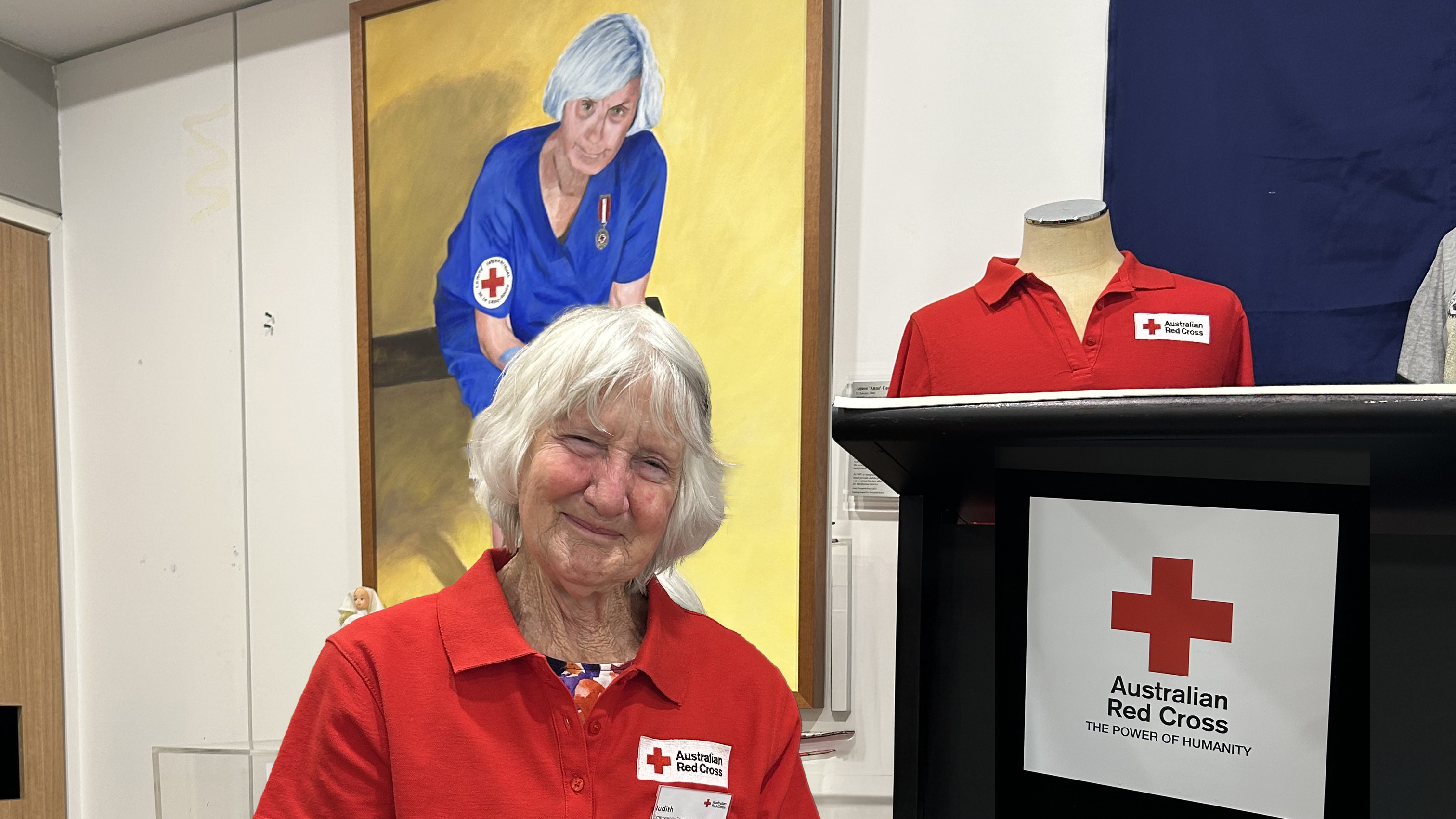
For Judith, volunteering with Australian Red Cross is a gift passed down through generations.

How Australian Red Cross Trauma Teddy knitting workshops are helping immigrant communities to connect, collaborate and find joy.

As we publish the 2024-2025 Australian Red Cross Annual Report, we reflect on the many ways we made a difference this year – and how this vital work paves the way for future impact.
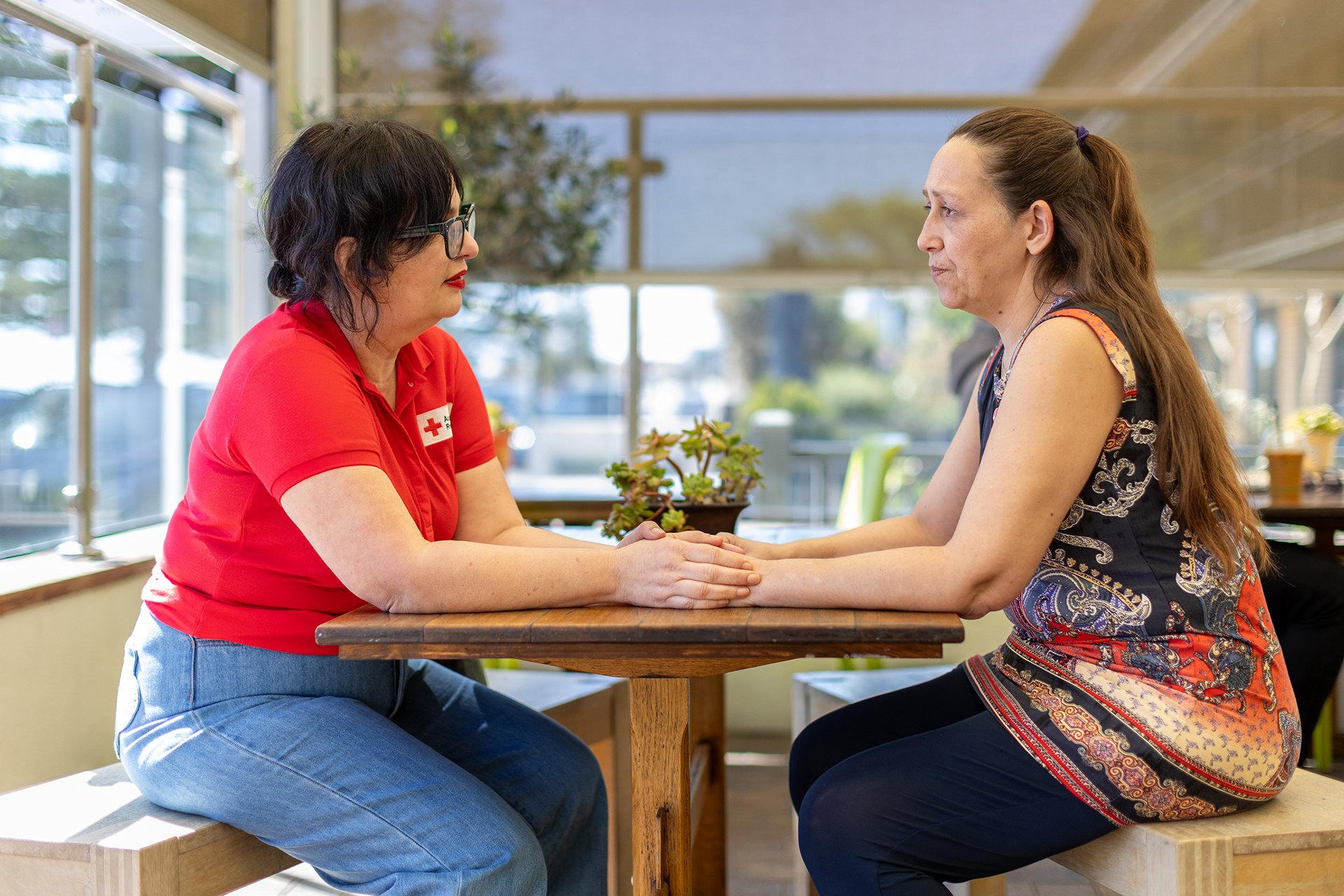
South Australia’s destructive algal bloom highlights the need for greater community support in times of crisis.
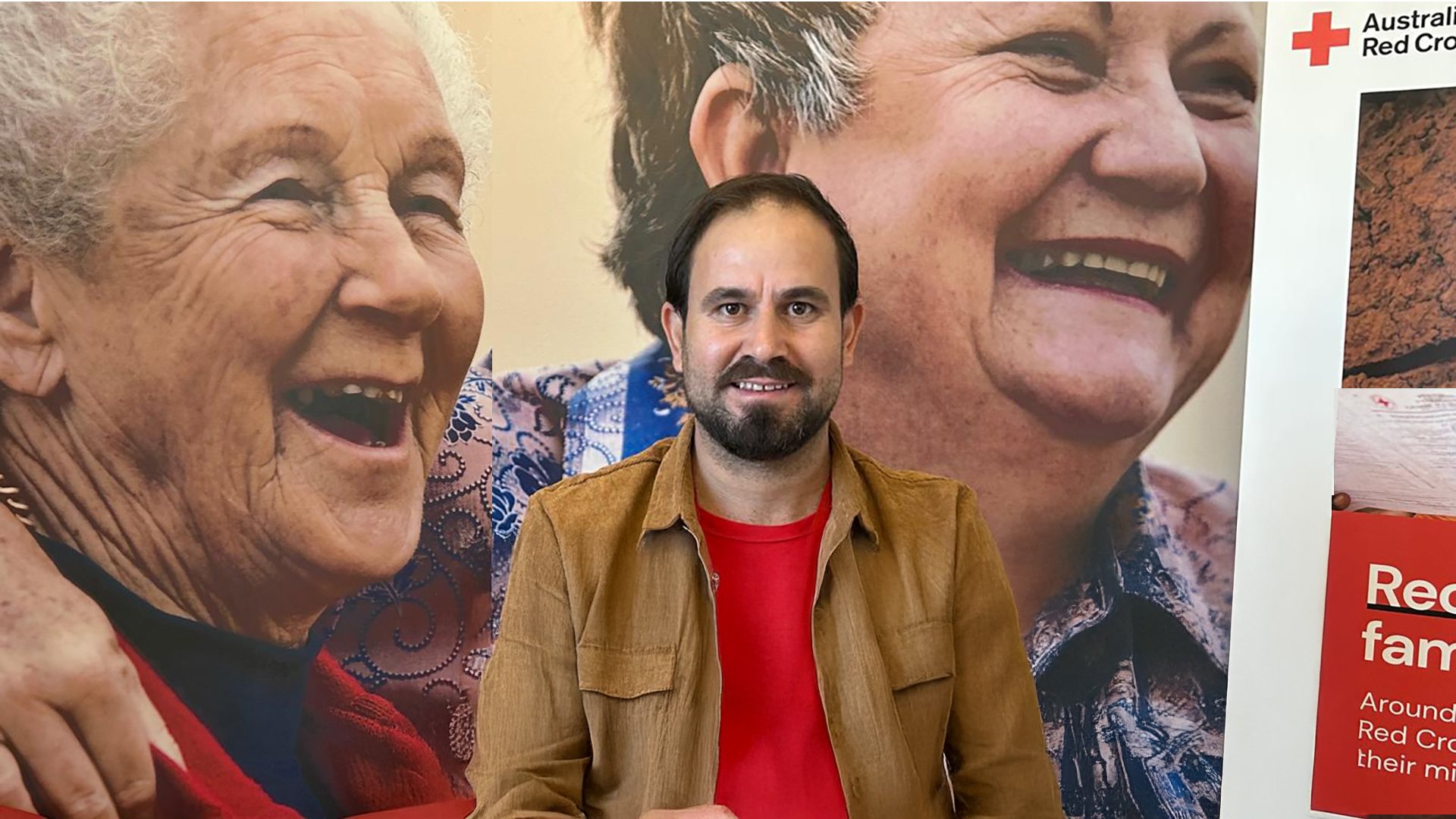
When Shahab arrived in Australia as a refugee, he never could have predicted that one day, he’d be working for the very organisation that helped him and his family to settle into their new country: Australian Red Cross. Here, he shares his story.
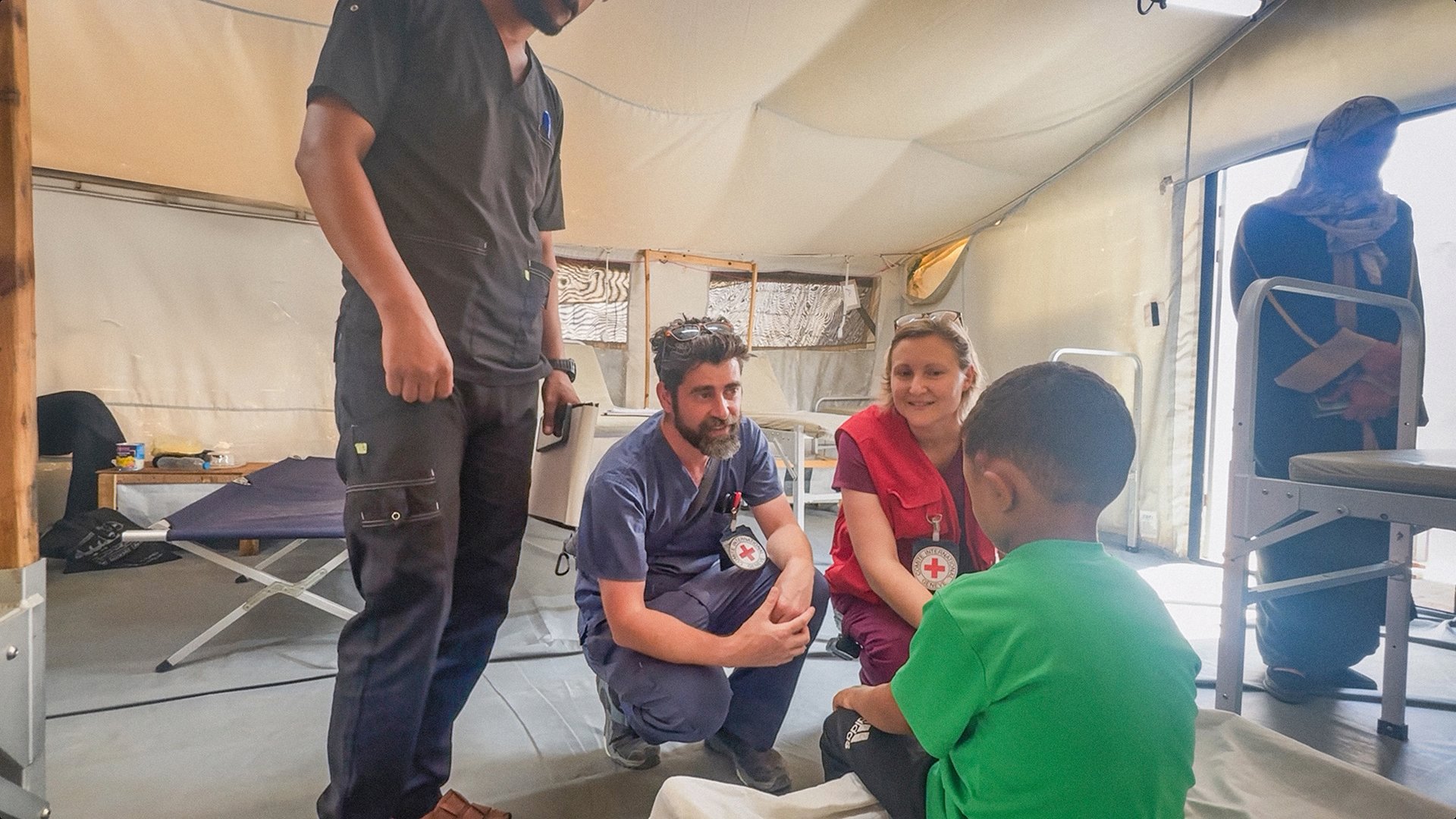
Australian Red Cross delegate JP Miller speaks to the realities—and risks—of nursing in conflict at a time when the dangers facing humanitarian workers have never been greater.
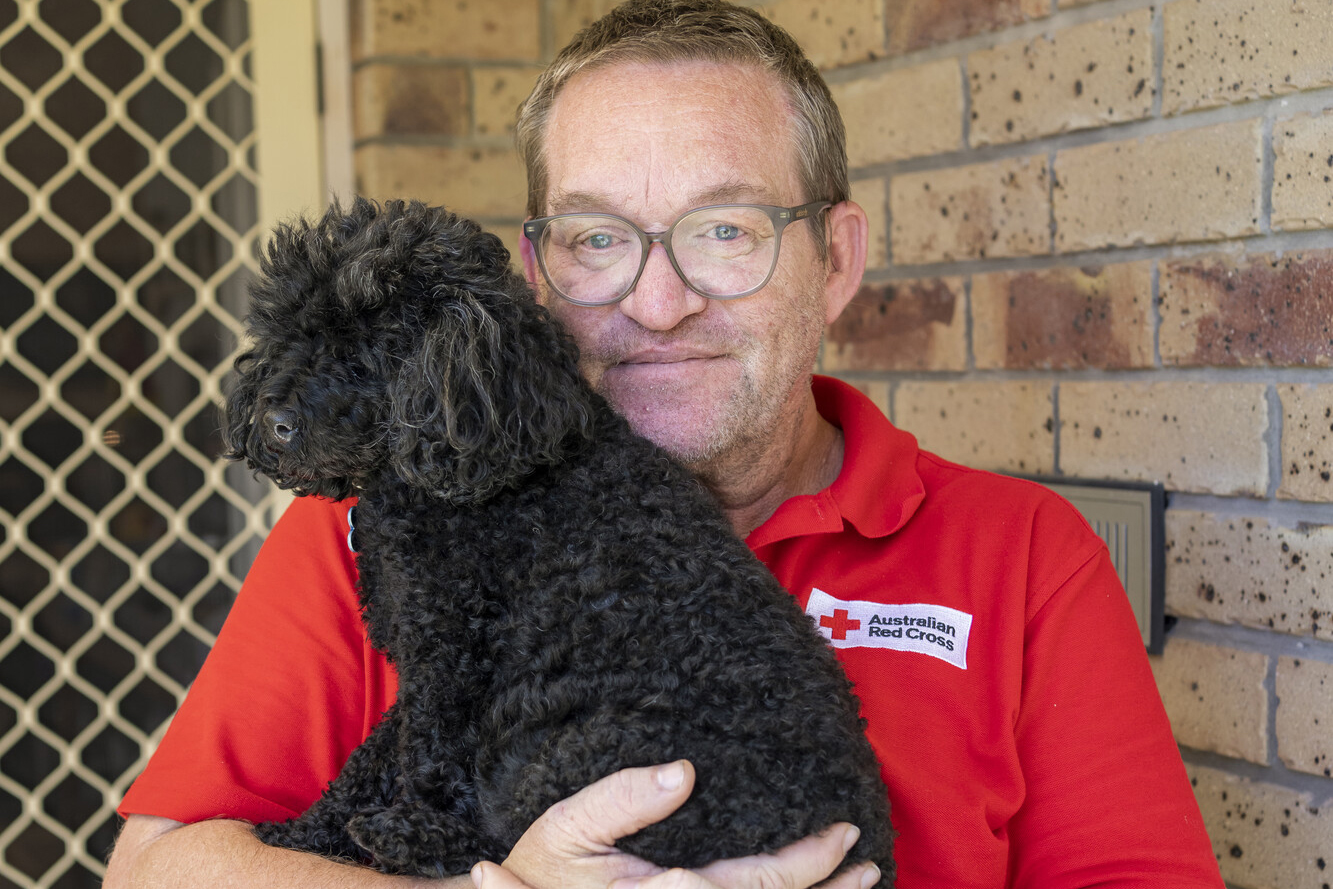
Six months on, we remain committed to supporting communities as they recover and rebuild.

Since 2024, 672 aid workers have been killed* – last year marked the highest toll ever recorded, and tragically, this year is already shaping up to be worse. Chief Executive Officer of Australian Red Cross, Andrew Colvin, says he feels the weight of these numbers every day.

The 2025 Uber x Red Cross Clothing Drive event has now finished. A huge thanks to the generosity of everyone who donated this year.

This EmergencyRedi Week we urge all Australians to take action and get prepared for extreme weather events and emergencies before it happens. Australian Red Cross National Resilience Director, Nichola Krey, shares her thoughts as we launch this year's EmergencyRedi Week.

Australian Red Cross and Ford Family Resilience Day
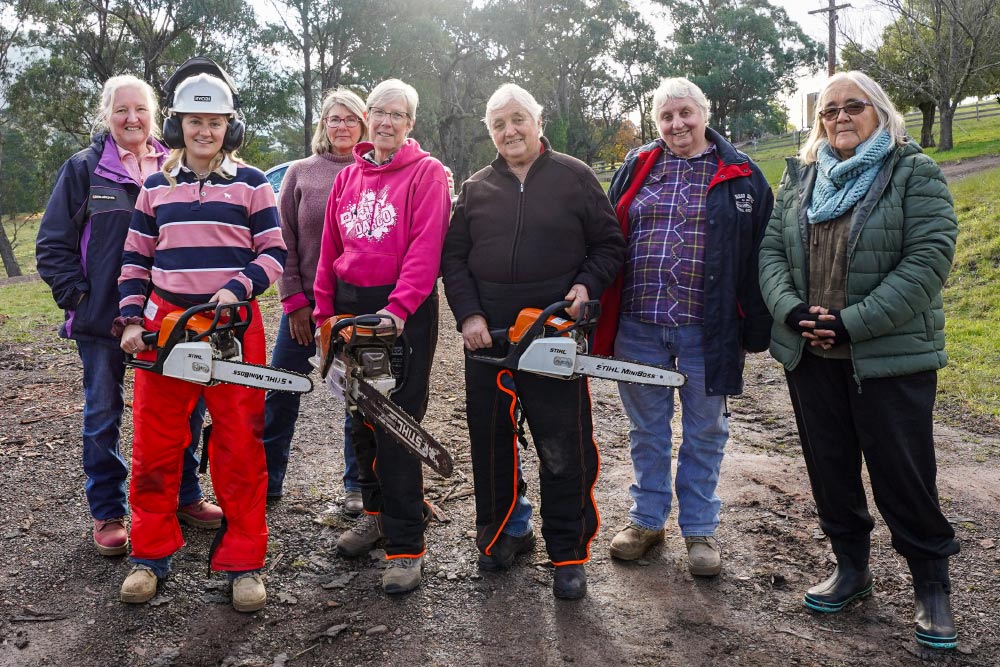
What the Dargo pilot taught us about co-design, trust and climate tech.
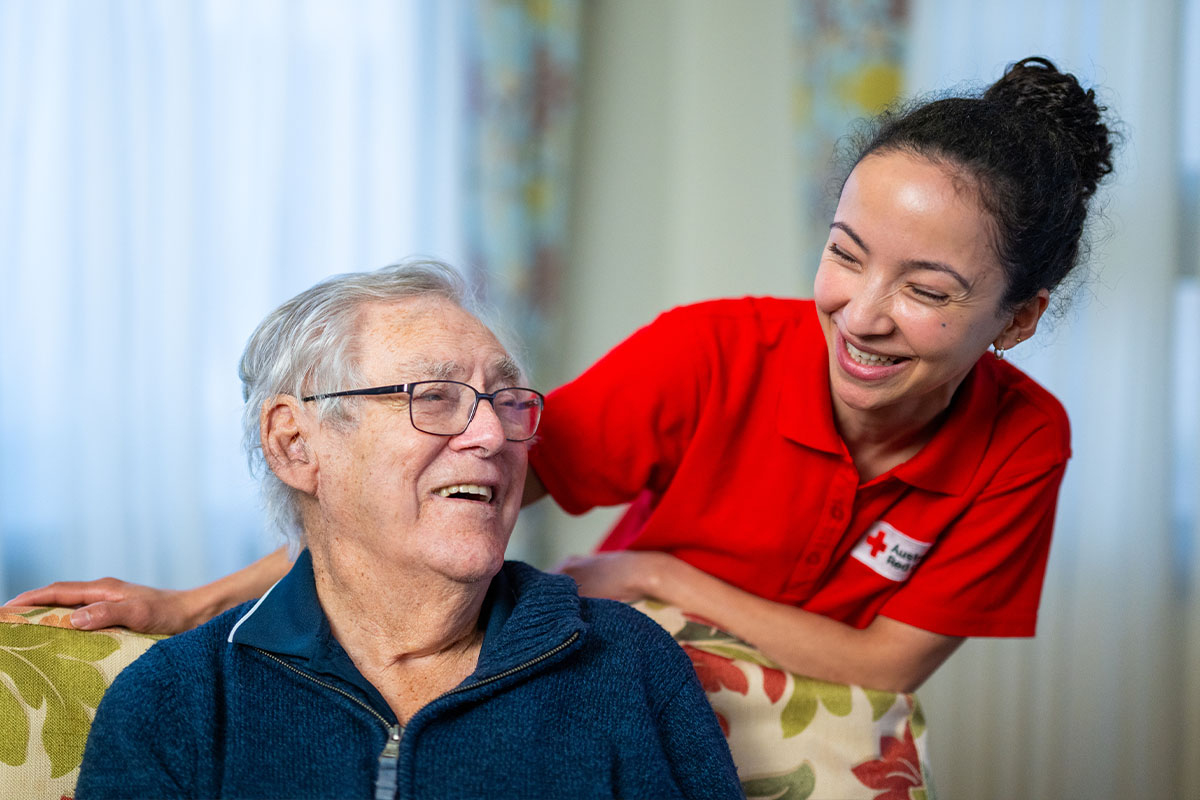
Australian Red Cross volunteer visitors Willy and Yuly bring brightness and companionship to the days of Brian and Judy, an elderly couple living in regional South Australia.
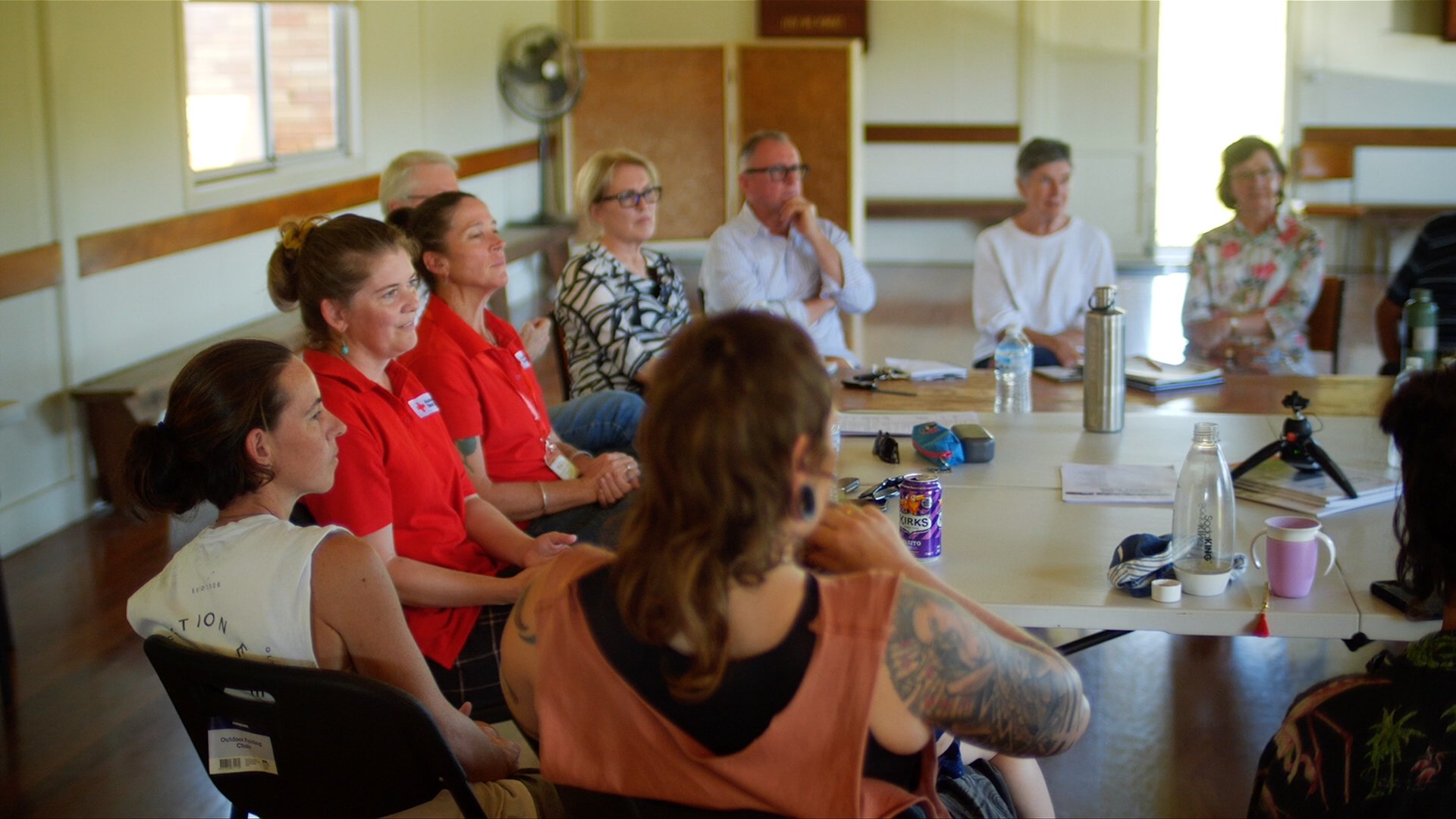
Northern Rivers' Rock Valley Community-led Resilience Team helped rescue a man from floodwaters during Cyclone Alfred in February 2025.
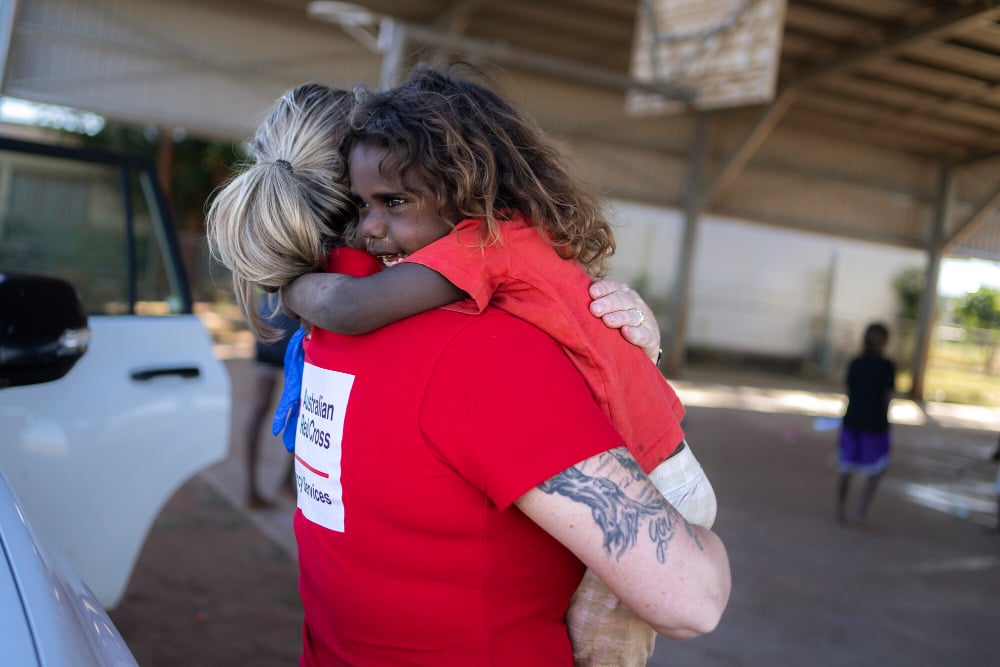
At Australian Red Cross, building meaningful connections is at the heart of everything we do.
Red Cross pays our respects to the Aboriginal and Torres Strait Islander custodians of the country where we work, and to Elders, past, present and emerging.
Learn about our Reconciliation Action Plan and how we can all make reconciliation real.
This website may contain the images, voices or names of people who have passed away.


© Australian Red Cross 2025. ABN 50 169 561 394
